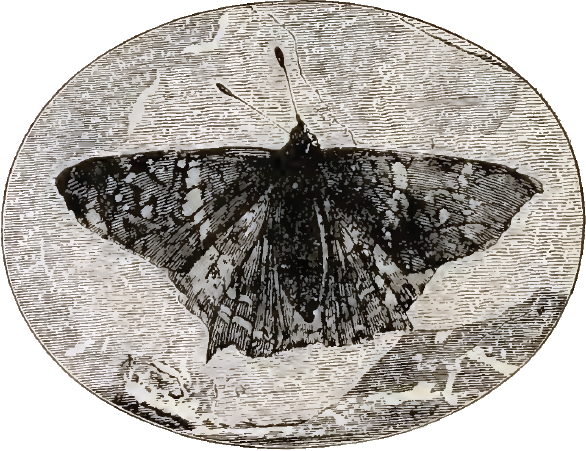Showing posts with label butterflies and moths. Show all posts
Showing posts with label butterflies and moths. Show all posts
Thursday, October 12, 2017
Friday, October 6, 2017
Thursday, October 8, 2015
Thursday, June 11, 2015
Saturday, September 27, 2014
Friday, May 11, 2012
Jewel caterpillar
Wednesday, November 23, 2011
Thursday, November 17, 2011
Prehistoric iridescence
Although the original colors of the fossil moths were not preserved, the researchers were able to reconstruct them because the tiny color-producing patterns in the moth scales were intact. "The level of detail preserved in the scales of the fossil moths is just spectacular", said McNamara. The fossil moths owe their color to a stack of layers inside the scales. These layers form a fossil multilayer reflector, which usually produces iridescent colour that changes depending on viewing angle. But other details of the fossil scales suppressed this effect, producing instead muted colors. "The moths basically wanted to appear the same colour from different angles – they didn't want flashy iridescence" said McNamara.Full story at Physorg.
Also, iridescence in animals may go back as far as the Cambrian era:
At different times of day and different viewing angles, the marine creatures [Wiwaxia, Canadia, and Marella] would have glowed blue, red, yellow, or green. Since the evolution of these worms coincides with the first appearance in the fossil record of animals with eyes, such as trilobites, the twinkling colors may have warned predators to avoid these armored, and perhaps unpalatable, animals.When I was a child, the color of prehistoric animals was presented as an unknowable mystery. But now, discoveries like these are commonplace-- but no less wonderful for it.
Monday, October 24, 2011
Butterfly egg
David Millard,Vanessa atalanta (Red admiral butterfly) egg in Urtica dioica (Stinging nettle) trichomes (10X)From Nikon Small World.
Friday, May 20, 2011
Sunday, January 16, 2011
Monarch's wing
No butterflies were harmed in the making of this photo-- I found that detached wing on the sidewalk about two years ago, and preserved it in the plastic box seen here.
Wednesday, December 15, 2010
Prodryas
19th century engraving of Prodryas persephone, a fossil butterfly
A version of this image appears in a book with the delightfully Victorian title Frail Children of the Air. Ironic, then, that this "child of the air" has become anything but frail in death, having been pressed and preserved in stone. On the original fossil, one can even see ghostly hints of veins, scales, and patterns on its wings.Wednesday, November 3, 2010
Subscribe to:
Posts (Atom)
























